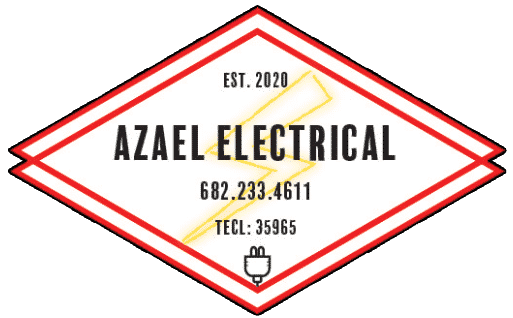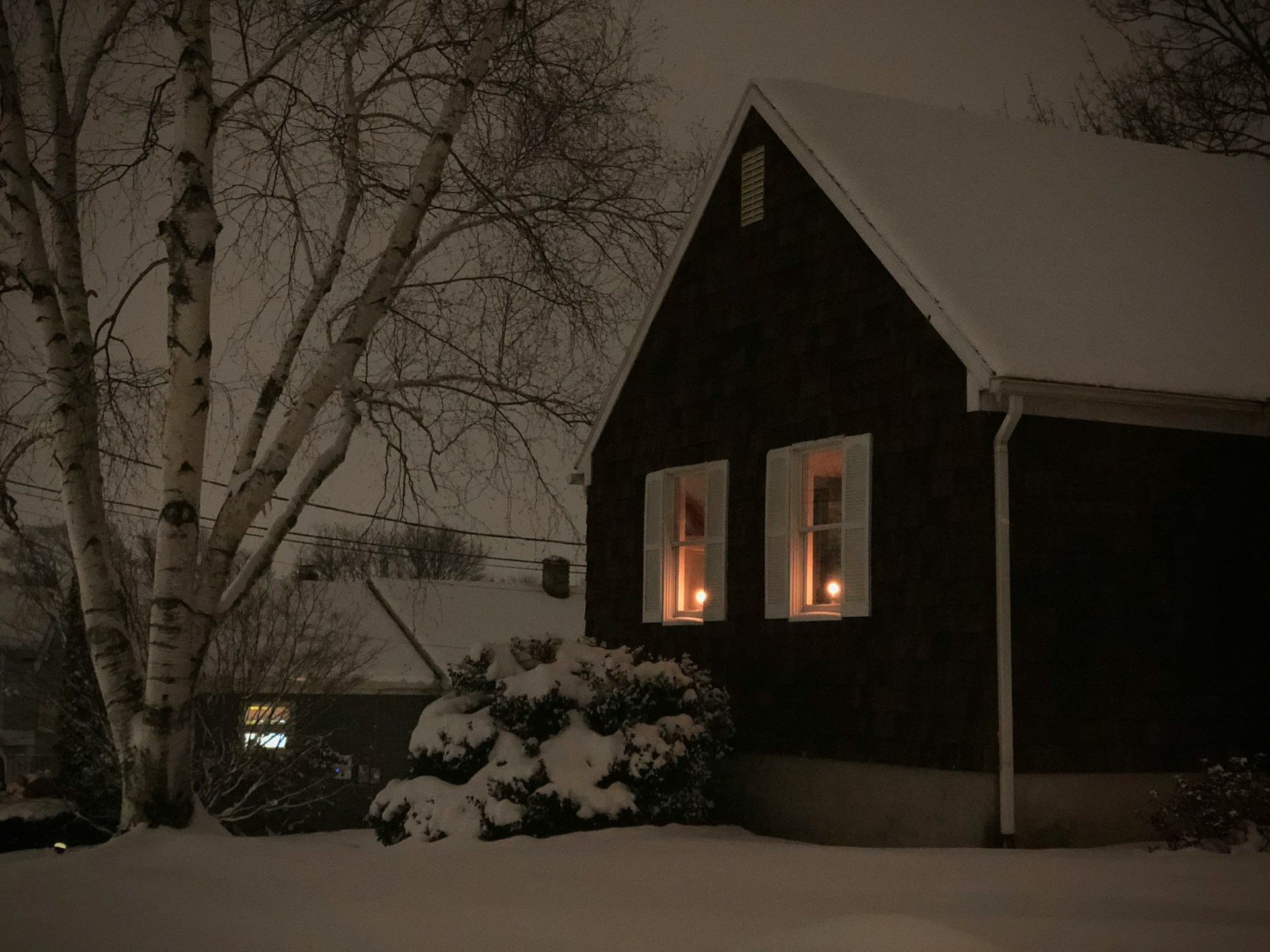Power outages can happen unexpectedly. Whether due to a storm, equipment failure, or another issue, losing power can be inconvenient and stressful. Knowing what steps to take when your power goes out can make a big difference in how you handle the situation.
First, it’s important to stay calm. The more prepared you are, the easier it will be to manage the outage. Start by checking if the problem is only in your home or if it’s affecting your whole neighborhood. Sometimes, a simple fix like resetting a tripped circuit breaker can restore power quickly.
Next, getting in touch with your utility company is crucial. They need to know about the outage so they can work on fixing it. While waiting for the power to come back, plan how to safely use alternative lighting and heating sources. This ensures that you and your family stay comfortable and safe.
Finally, think about how to keep your food safe. An extended power outage can spoil food in your refrigerator and freezer. Knowing some tips and tricks can prevent food waste and keep you fed during the outage. Preparing ahead of time can make these events less troublesome and more manageable.
Check Your Circuit Breakers and Fuses
The first step when your power goes out is to check your circuit breakers and fuses. Sometimes, a power outage is caused by a tripped breaker or a blown fuse. Here’s how you can check:
1. Locate the Electrical Panel: The electrical panel is usually found in the garage, basement, or a utility room. Open the panel door and look at the breakers. They should all be in the “on” position.
2. Spot a Tripped Breaker: If a breaker has tripped, it will be either in the “off” position or somewhere in between. To reset it, move it to the “off” position first, then flip it back to the “on” position. This should restore power if the issue was with the breaker.
3. Check the Fuses: In older homes, you might have a fuse box instead of a circuit breaker. Look for any fuses that appear burned or broken. Replace these with new fuses of the same amperage. Always have spare fuses on hand for emergencies.
4. Safety First: Always exercise caution when dealing with electricity. If resetting the breakers or changing the fuses doesn’t resolve the issue, it’s best to seek professional help.
By checking your circuit breakers and fuses, you can sometimes quickly restore power without having to wait for utility companies.
Report the Outage to Your Utility Company
If checking your breakers and fuses doesn’t solve the problem, the next step is to report the outage to your utility company. They need to know about the outage to start working on a fix. Here’s what to do:
1. Find Your Utility Company’s Contact Information: Keep your utility company’s phone number and website handy. Most utility companies provide an outage report line that you can call.
2. Provide Necessary Details: When you call to report the outage, be ready to provide your account information, address, and any specific details about the outage. Mention if you’ve already checked your breakers and fuses.
3. Follow Updates: Your utility company might provide updates on their website, via phone, or through text messages. Check these updates to know when you can expect the power to be restored.
4. Street Lights and Neighbors: Look outside to see if street lights and your neighbors’ lights are also out. This information is helpful for the utility company to determine if the issue is localized or more widespread.
Reporting the outage promptly helps ensure that the utility company can address the problem as quickly as possible. They might already be aware of a large-scale outage, but individual reports help them pinpoint issues more accurately.
Use Safe Lighting and Heating Alternatives
During a power outage, staying safe while providing light and warmth is crucial. Here are some tips:
1. Battery-Powered Lights: Use flashlights or battery-operated lanterns instead of candles. Candles can be a fire hazard if left unattended or knocked over. Keep extra batteries on hand to ensure your lights can last through the entire outage.
2. Portable Heaters: If you need warmth, consider using a portable propane heater designed for indoor use. Make sure it has safety features like an automatic shut-off if it gets tipped over. Always ensure good ventilation to avoid carbon monoxide buildup.
3. Solar-Powered Lights: Solar-powered garden lights can be useful indoors during a nighttime power outage. They are safe and rechargeable during the day. Place them outside in the sunlight to recharge them for nightly use.
4. Chemical Hand Warmers: Stock up on chemical hand warmers to provide temporary warmth. They are safe and can be tucked into pockets or gloves.
5. Layer Up: Dress in layers to keep warm instead of relying solely on heaters. Blankets and sleeping bags can help retain body heat.
Staying safe with lighting and heating alternatives prevents accidents and helps manage the discomfort of a power outage.
Tips for Keeping Your Food Safe During an Outage
One major concern during a power outage is keeping your food safe. Here’s how you can manage this:
1. Keep the Fridge and Freezer Closed: An unopened refrigerator can keep food cold for about four hours, while a full freezer maintains its temperature for about 48 hours. Opening the doors lets cold air escape, causing food to spoil faster.
2. Use a Cooler: If the outage lasts more than a day, consider using a cooler with ice to keep essential items cold. Freeze containers of water ahead of time to use in the cooler when needed.
3. Monitor the Temperature: Use a food thermometer to check the temperature of your fridge and freezer. Food is safe if the fridge is 40°F or lower, and the freezer is at 0°F or lower. If food is above 40°F for more than two hours, it’s best to discard it.
4. Dry Ice or Block Ice: Use dry ice or block ice to keep your refrigerator and freezer cold during extended outages. Be cautious when handling dry ice as it can cause burns.
5. Sort Items: Keep high-risk foods like meat, dairy, and eggs in the coldest part of the refrigerator to prolong their safety. Consume perishable items first to minimize waste.
Taking steps to keep your food safe helps avoid health risks and food wastage during a power outage.
Conclusion
Managing a power outage effectively involves taking a few key steps to stay safe and comfortable. Start by checking your circuit breakers and fuses to see if you can solve the problem quickly. If not, report the outage to your utility company to help get the power restored sooner. Use safe alternatives for lighting and heating to prevent accidents during the outage. Lastly, take measures to keep your food safe to avoid spoilage and waste.
Power outages can be stressful, but staying prepared makes all the difference. If you ever need professional assistance with electrical issues, Azael Electrical is here to help. Contact our certified electricians today to ensure your home’s electrical system is reliable and safe.

